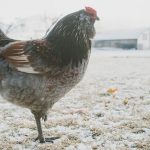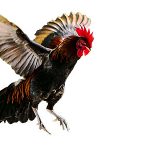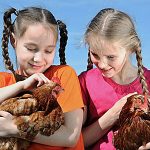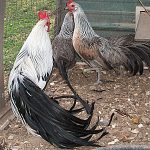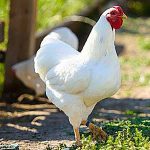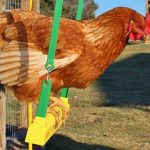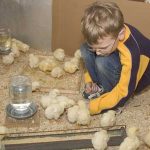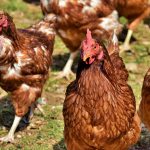
Molting is energy intensive. Chickens therefore don’t normally molt during times when they need dietary energy elsewhere. For example, in the spring roosters use energy for fertility and hens use energy for laying eggs and hatching chicks. In cold weather chickens need energy to keep warm. During a molt, nutrients that otherwise go toward such […]
Continue Reading
